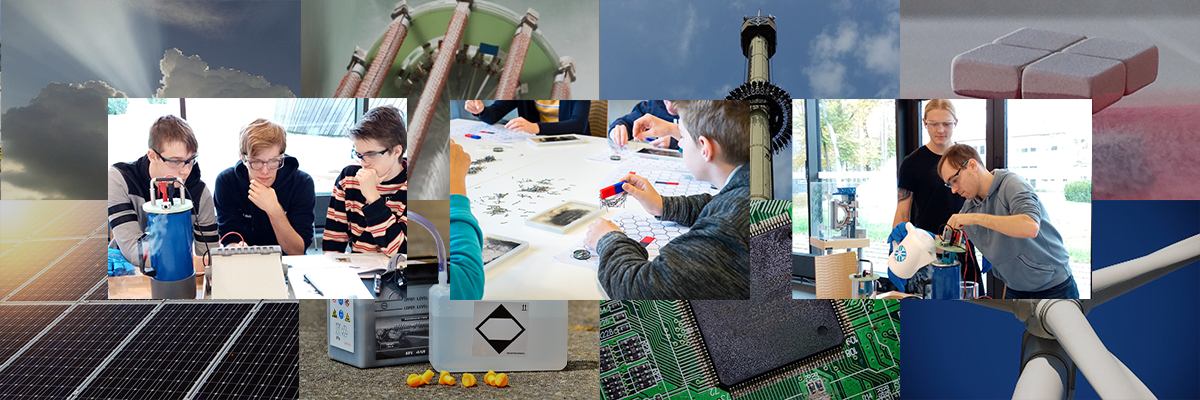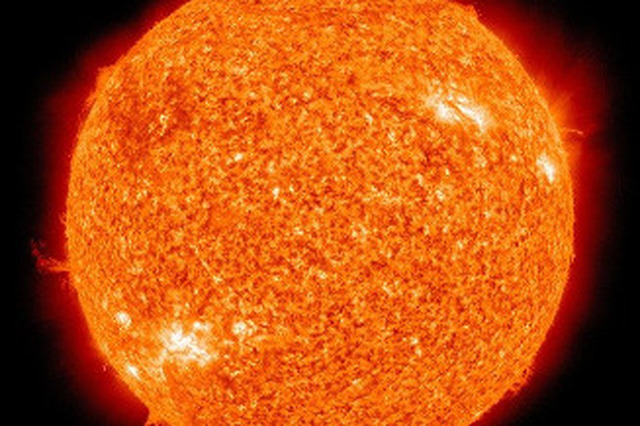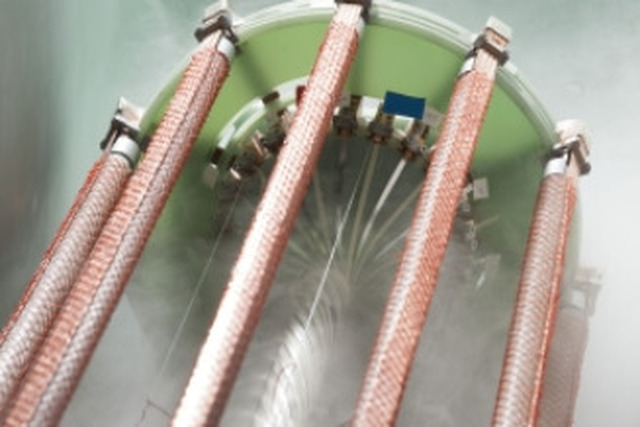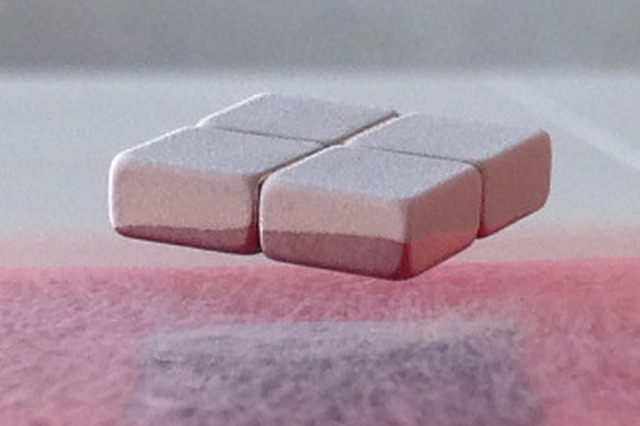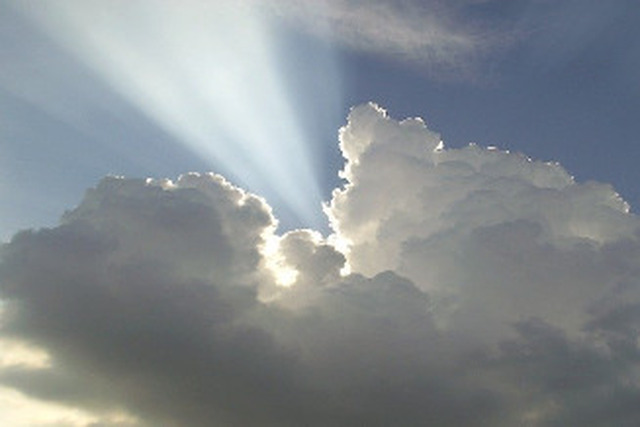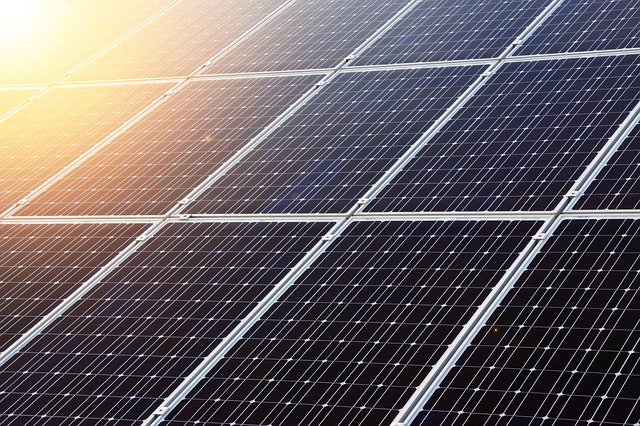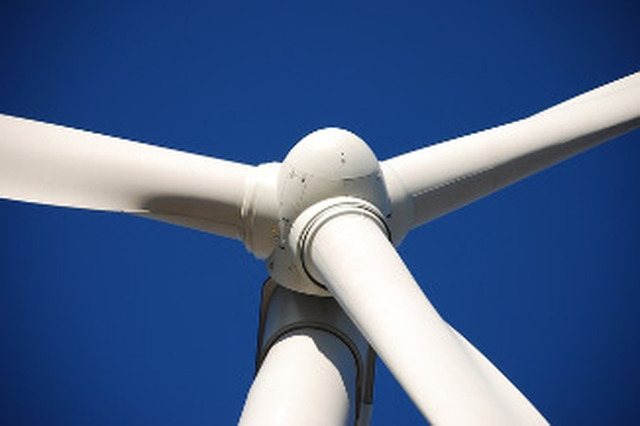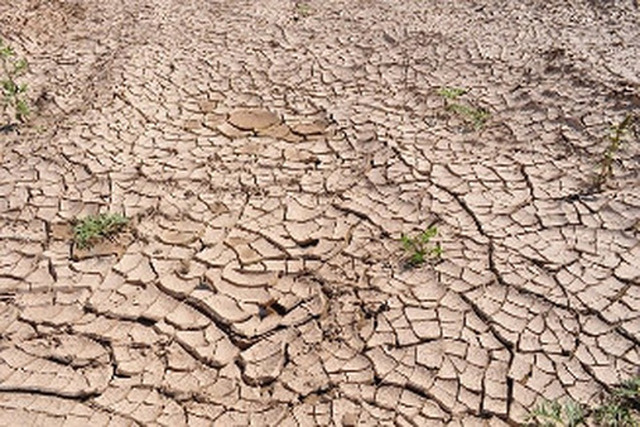The main offer of the school lab includes all-day visits by school classes in grades 10-13. Depending on the number of participants, two to three experimental stations are offered per visit day, which can be flexibly combined. All pupils have the opportunity to take part in two workshops each.
The young people experiment independently at stations with four experimental stations each in small groups of 2-3 people. Each station is individually supervised by a student tutor or scientist. All participants receive a comprehensive safety briefing before starting the experiment.
Experimental stations are currently offered on the topics of energy, materials, climate & environment and mobility. A quantum mechanics seminar course is also being designed in combination with a social science subject, which we will offer to interested schools in the future.
The scope and duration of the program as well as the individual schedule will be coordinated with the teachers in advance during registration. A full-day stay from approx. 9.00-15.30 is recommended. Half-day or multi-day visits are also possible.
Nuclear fusion
The Institute for Technical Physics has contributed significant research work in international major projects for the nuclear fusion reactors ITER, JT-60SA and W7-X. For example, the development of power supplies of high-temperature superconductors is a key technology, which leads to considerable energy savings in the operation of fusion magnets. An ITER model coil, tested by the Institute for Technical Physics, can be viewed on site.
The central topic of this station is to understand the functioning of a nuclear fusion reactor and its advantages and disadvantages compared to other energy sources. If requested, an in-depth theoretical examination of nuclear fission can also be offered.
Topics:
Energy of the sun, emission and absorption spectra, nuclear fusion, mass defect, plasma, Helmholtz coils, superconducting magnets, construction of a fusion reactor, ITER, Wendelstein 7-X, laboratory tour
Superconductors
Superconductivity is a cool phenomenon with fascinating properties: When superconductors are cooled down to very low temperatures, they suddenly conduct electric current without any resistance. The central topics of this station is the determination of the transition temperature and the approach to this macroscopic quantum effect.
A guided tour through the laboratories of the Institute for Technical Physics completes this series of experiments and provides insights into the technical application potential of superconductors.
Topics:
Electrical conductivity of metals and superconductors at room temperature and low temperatures, pressure model, phase transition, Bose-Einstein condensation, fermions and bosons, Cooper pairs, high-temperature and low-temperature superconductors
Magnetic materials
Since ancient times magnets have been trend-setting in many respects. Nowadays, modern superconducting magnets are used in magnetic resonance tomography or in accelerators to generate high magnetic fields.
The central topic of this station is the realization of magnetism in solids. Ferro-, para- and diamagnetism will be investigated in detail. The final highlight is a levitating superconductor.
Topics:
Earnshaw's theorem, ferromagnetism, elementary magnets, Weiss districts, Curie effect, paramagnetism, diamagnetism, Meissner-Ochsenfeld effect, type 1 and type 2 superconductors, superconducting levitation
Light
The laws of classical physics lose their validity in the microcosm. Nature is no longer structured continuously and the exact energy of a particle at a certain point of time can no longer be determined. Quantum physics with its world of possibilities describes the dynamic processes in microscopic systems and replaces the deterministic world.
The central theme of this station is the wave-particle duality, which is demonstrated by the example of light. Experiments with the electron diffraction tube complete this experimental unit.
Topics:
Speed of light, waves, superposition principle, diffraction, interference, electromagnetic waves, photoelectric effect, Planck constant, wave-particle duality, electron diffraction, quantum objects
Photovoltaics
The climate protection programme of the German government includes an expansion target for renewable energies to 65% of gross electricity consumption until 2030, with an increase of minimum 80% in 2050.
Photovoltaics plays a major role in our sustainable energy future. On sunny days, photovoltaics can temporarily cover up to 50% of our current electricity consumption. Averaged over the entire year 2019, photovoltaics covered 8.2% of gross electricity consumption in Germany.
The central topic of this station is to explore the structure and function of a solar cell and its advantages and disadvantages compared to other energy sources.
Topics:
Energy of the sun, radiation energy, internal photoelectric effect, semiconductors, solar cell structure, characteristic curve of a solar cell, circuit and optimization of solar systems, coefficient of efficiency
Wind energy
Wind energy is becoming the most important source of energy in Germany for the first time. In 2019 it overtook lignite with a share of 24.4% of gross electricity consumption. This brings Germany closer to its goal of leaving the fossil-nuclear energy age behind.
The central topic of this station is the design and operation of wind turbines and their advantages and disadvantages compared to other energy sources.
Topics:
Electromagnetic induction, eddy current brake, generator, wind systems, wind turbines, efficiency
Greenhouse effect
A fundamental understanding of the climate system is of particular importance in times of climate change. In addition to the atmosphere, the climate system also includes the oceans, the ice of the glaciers and poles as well as the bio- and lithosphere.
This station demonstrates that our climate is primarily controlled by solar radiation and processes within the atmosphere. In addition, the influence of water bodies, glaciers and poles on the climate and their mutual interactions are a central theme of this station.
Topics:
Radiation intensity of the sun - radiation intensity of the earth - radiation and matter (reflection, transmission, absorption) - Kirchhoff's law of radiation - radiation balance of the global system - greenhouse effect - climate change

